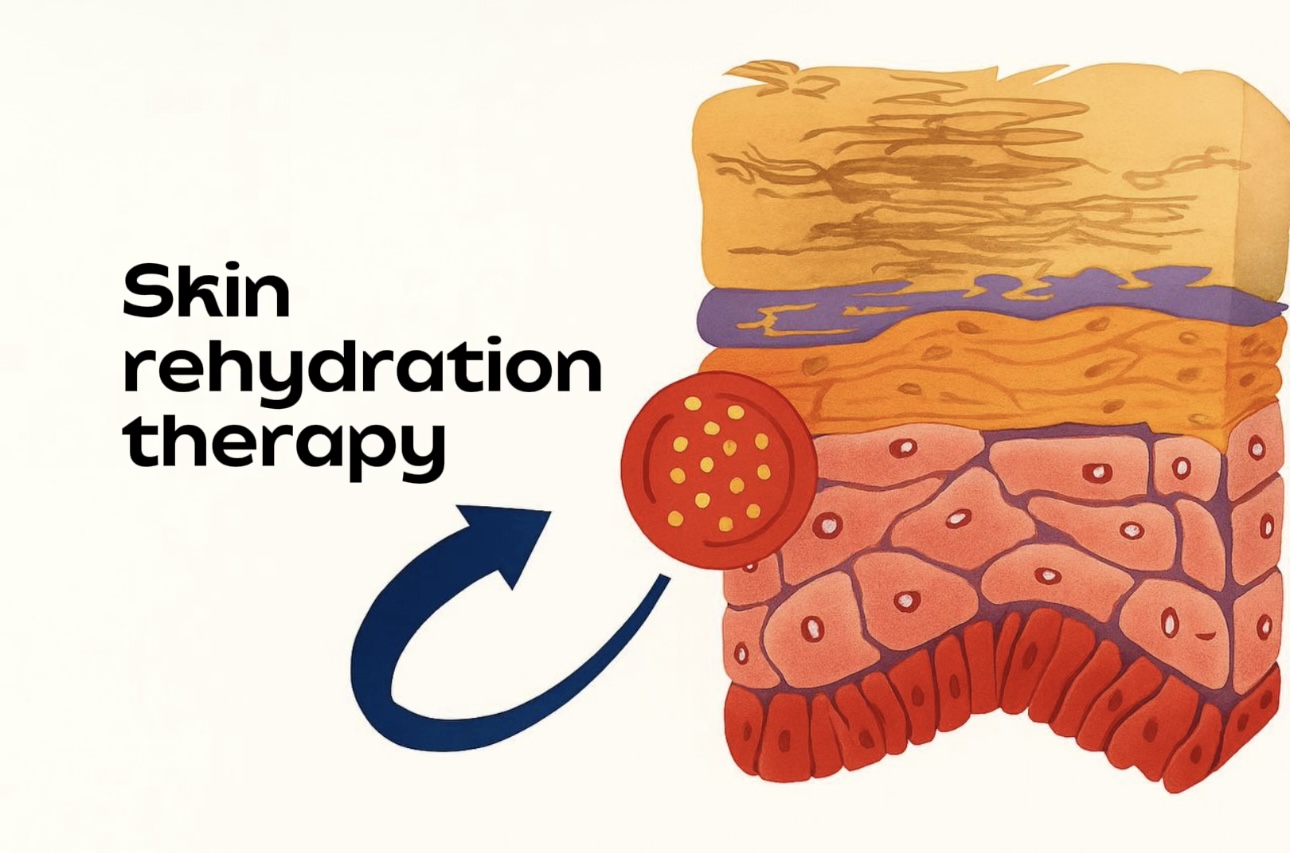How to Start Skin Rehydration Therapy: The Role of Native Hyaluronic Acid

Dehydrated and sensitive skin needs more than just surface hydration — it requires a deep and physiological approach. One of the best ways to start restoring moisture levels is with native, non-crosslinked high-molecular hyaluronic acid.
This form is immediately involved in skin metabolism, making it ideal for the first step of biorevitalization. Native HA:
• Intensely hydrates the skin;
• Restores the extracellular matrix;
• Supports antioxidant protection and DNA stability;
• Accelerates recovery after aggressive procedures (TCA peels, laser treatments, etc.).
Once hydration is restored, skin boosters with prolonged action can help maintain results and activate anti-aging processes. These preparations:
• Support the 3D structure of the dermal matrix;
• Regulate cell migration and collagen synthesis via RHAMM and CD44 receptors;
• Improve microcirculation and stimulate metabolic activity.

💡 Did you know? Native HA is not only a moisturizing agent. It also plays a key role in tissue regeneration, immune defense, and maintaining the balance between keratinocyte proliferation and desquamation.
For patients with genetic predisposition to xerosis, signs of photo- and chronostress, or fatigue-related skin changes, native HA-based biorevitalization is both a treatment and preventive strategy.
Conclusion A comprehensive skincare protocol for dry, sensitive skin begins with hydration using pharmacopoeial-grade native hyaluronic acid, followed by long-acting boosters and supportive peeling treatments. This approach helps normalize desquamation, restore the skin barrier, and achieve long-lasting smoothness, elasticity, and radiance.





